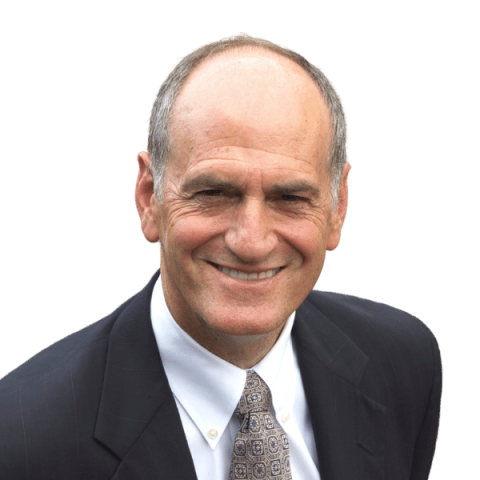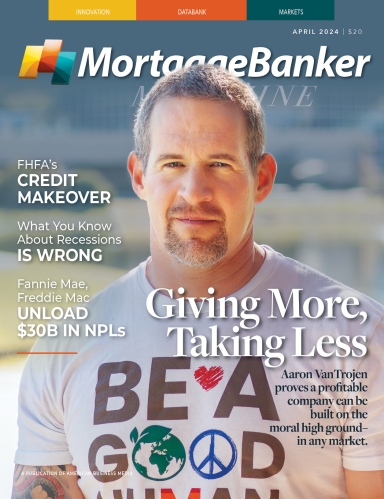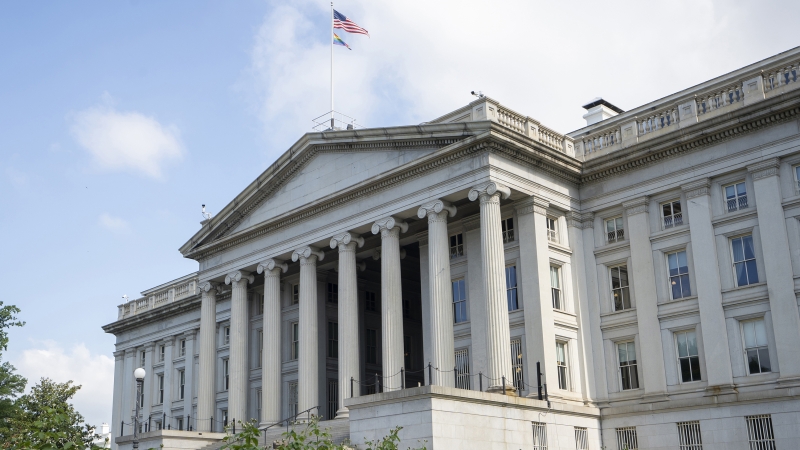As we move through 2024, the economy is doing OK. Certainly, if one “tortures” the data enough, one can find issues with the economy. At some point, those predicting a recession will be right, just as those predicting an economic expansion will eventually be correct.
But, don’t forget that during the pandemic, and after, the government handed out money. And since inflation is too much money chasing too few goods, when money lessens, so will inflation . . . and so will economic expansion, in theory.
Economies function in cycles, regardless of administration or foreign policy. The “old” definition of a recession being two quarters of negative GDP, while simple and easy to understand, is stale and not accurate. An inverted yield curve does not always predict a recession, as we’ve noticed for the last several months.
The Federal Open Market Committee, which is the “action arm” for many Federal Reserve activities, as well as various Fed Presidents, including Fed Chair Powell, continue to talk about inflation. It remains too strong for the Fed’s liking, and the Gross Domestic Product numbers and other measures hardly point to a slowing economy.
Volatile components present few indications about subsequent growth and the Fed thinks that there is significant underlying momentum in the domestic economy due to advances in household spending and business fixed investment, combined with the further tightening of labor market conditions. Fiscal policy is intended to act as a natural drag on the economy. At the same time, the supply chain issues were worked out, and a few members noted that there were signs that the pandemic-related strains on labor supply were easing.












